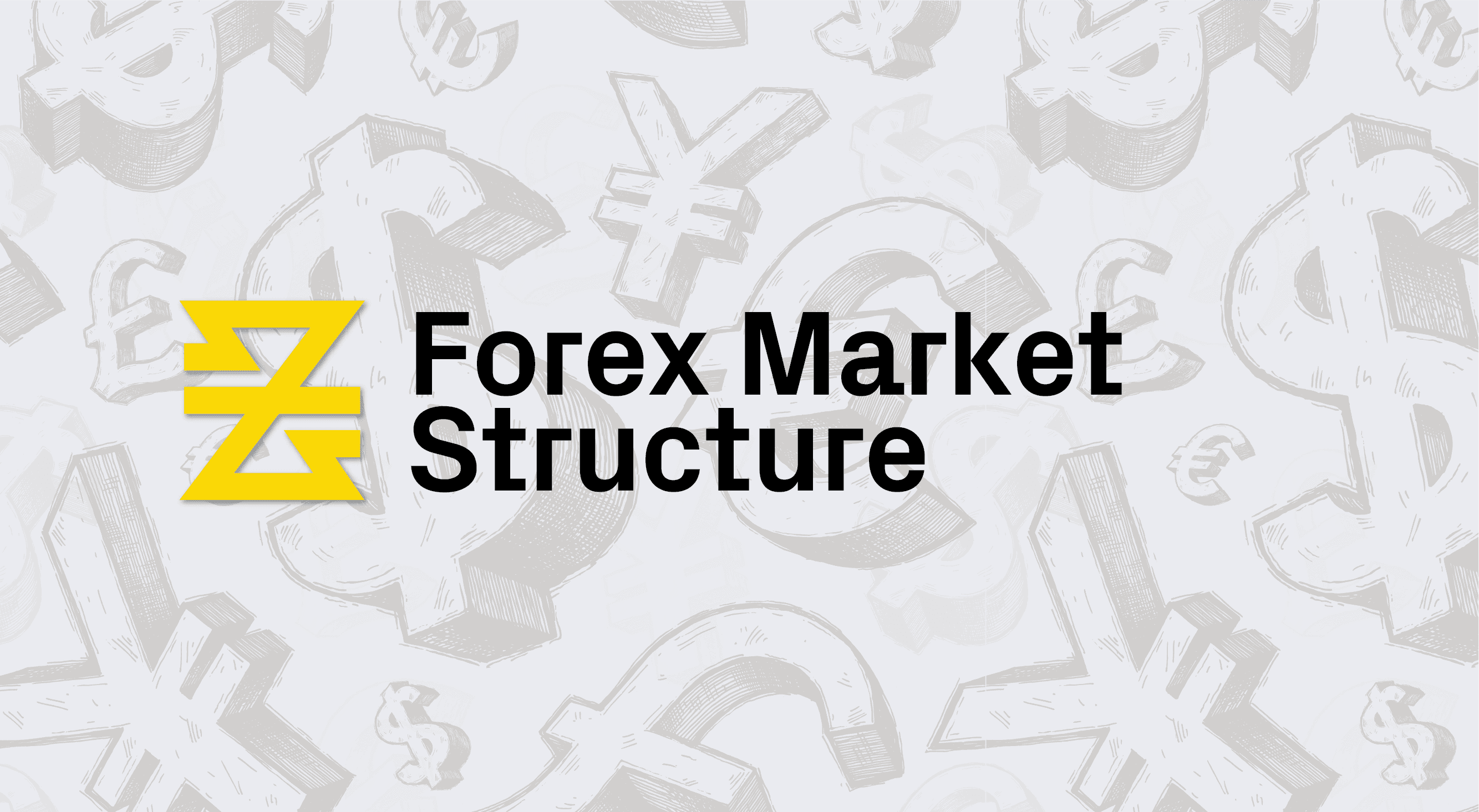- CFDs & Forex Trading | Regulated Online Trading
- About Us
- Trading
- Platforms
- Resources
- Partners
- Research
Search
×

CHAPTER 1 - LESSON 4
Understanding the structure of the forex market is crucial for beginner traders to provide them a foundation for understanding the dynamics of the market and the forces that drive price movements.
The forex market is composed of two main tiers: the interbank market and the retail market.
The interbank market is the primary market for forex trading, and it is where the largest financial institutions trade currencies with each other. These institutions include banks, central banks, hedge funds, and large corporations. The interbank market has the highest level of liquidity and the tightest spreads, but it is not accessible to retail traders.
The retail market is where individual traders trade currencies through a forex broker. This market is also referred to as the over-the-counter (OTC) market, as trades are conducted directly between the buyer and seller without the involvement of an exchange. The retail market is less liquid and has wider spreads than the interbank market, but it is accessible to traders of all levels.
The forex market operations are split over four major trading sessions: the Asian session, the European session, the North American session, and the Pacific session. Each trading session overlaps with the next. This means there is always an active market somewhere in the world.
To add to this, the forex market is divided into three main segments: the spot market, the forward market, and the futures market. The spot market is the largest segment, where currencies are traded for immediate delivery. In contrast, the forward market and futures market involve contracts that are traded for delivery at a future date.

The forex market operates based on the principles of supply and demand, where the price of a currency pair is determined by the market participants’ collective sentiment towards the currency’s value. The market is highly liquid, with high trading volumes and tight bid-ask spreads.
The forex market is a highly dynamic and fast-paced market, and it can be affected by a wide range of economic, geopolitical, and news events. Understanding the structure of the forex market is essential for understanding how this market operates and for developing effective trading strategies.
In this chapter, we went over the basics of forex trading, including what it is, why it’s important, and the key participants in the market. We also discussed the structure of the forex market and how currencies are traded.
Understanding these concepts is essential for anyone looking to trade forex, as they provide a foundation for more advanced trading strategies and techniques. Now that you have a solid understanding of the basics of forex trading, it’s time to dive deeper into the world of forex trading.
In chapter two, we will cover essential forex trading concepts such as currency pairs, exchange rates, and pips.
BAXIA GLOBAL LIMITED
Join the community
Risk Warning: Margin trading involves a high level of risk, and may not be suitable for all investors. You should carefully consider your objectives, financial situation, needs and level of experience before entering into any margined transactions with Baxia Markets, and seek independent advice if necessary. Forex and CFDs are highly leveraged products which mean both gains and losses are magnified. You should only trade in these products if you fully understand the risks involved and can afford losses without adversely affecting your lifestyle (including the risk of losing the entirety of your initial investment). You must assess and consider them carefully before making any decision about using our products or services.
Baxia Global Limited is a company registered in Seychelles with registration number: 8426970-1, and is regulated by the Financial Services Authority of Seychelles with License number: SD104.
Baxia Limited is a company registered in The Bahamas with registration number: 177330 B, and is licensed and regulated by The Securities Commission of The Bahamas (SCB), (SIA-F234).
The information on this website is general in nature and doesn’t take into account your personal objectives, financial circumstances, or needs. It is not targeted at the general public of any specific country and is not intended for distribution to residents in any jurisdiction where that distribution would be unlawful or contravene regulatory requirements. Baxia Markets does not offer its services to residents of certain jurisdictions such as USA, Cuba, Sudan/Republic of Sudan, Syria, Iran, Iraq, South Sudan, Venezuela, Libya, Belarus, Afghanistan, Myanmar, Russia, Crimea, Donetsk, Luhansk, Palestine, Yemen, Zimbabwe and North Korea.